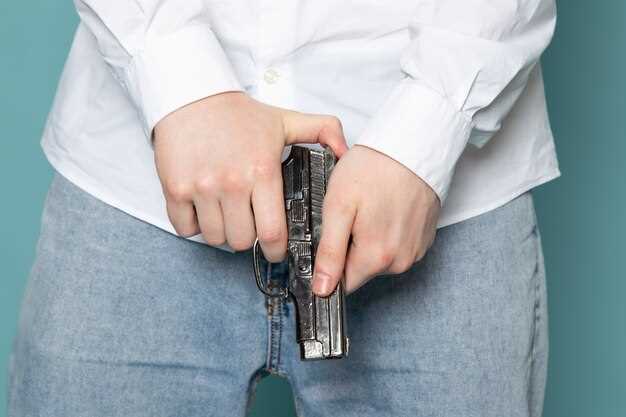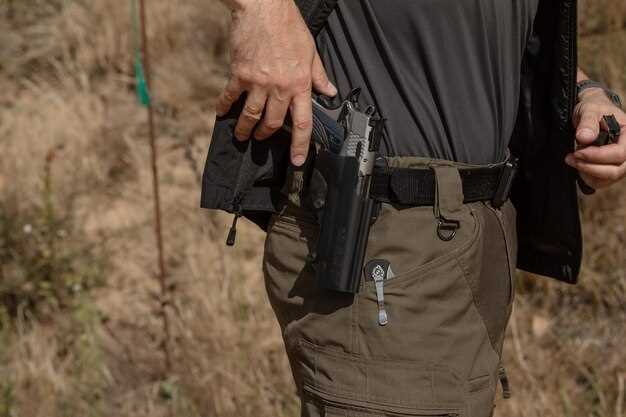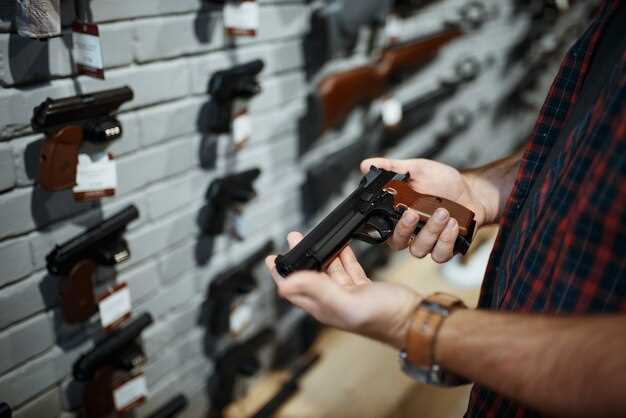
How to inspect your firearm for wear

Regular inspection of firearms is essential for ensuring their longevity and operational reliability. A well-maintained gun not only performs better but also enhances safety for its user and others. Understanding the key indicators of wear and damage during an inspection can prevent potential malfunctions and accidents that may arise from neglecting necessary maintenance.
During the inspection process, it is crucial to pay attention to several components of the firearm, including the barrel, action, and trigger mechanism. Each of these parts experiences varying degrees of stress and usage, making them susceptible to wear and damage over time. Additionally, signs such as rust, cracks, or abnormal wear patterns can serve as red flags, indicating that the gun requires immediate attention or replacement parts.
Ultimately, a comprehensive understanding of how to properly inspect a gun empowers owners to take proactive measures in maintaining their firearms. Proper inspection not only enhances the performance and reliability of the firearm but also contributes to overall safety in handling and usage.
Identifying Common Wear Patterns on Firearms

When conducting a thorough inspection of a gun, it is essential to recognize common wear patterns that indicate its condition and reliability. The most frequent areas of wear include the barrel, slide, frame, and action. By understanding these patterns, one can assess whether a firearm is safe to use or in need of repair.
The barrel is often subjected to significant wear due to repeated firing. Inspect for visible erosion or pitting inside the bore, which can result from prolonged exposure to heat and combustion residue. Check for crown damage at the muzzle, as this can affect accuracy. A clear, unblemished barrel is a key indicator of a well-maintained firearm.
The slide of a semi-automatic firearm shows signs of wear primarily where it contacts other components. Look for scratches or galling on the sides and the locking lugs. Excessive wear in these areas may suggest poor lubrication practices or an improperly fitted part. Additionally, inspect the slide serrations for wear that could impede proper handling.
The frame, including the grip and trigger guard, can also display wear patterns. Look for cracks, dents, or significant wear on high-friction areas like where the slide interfaces with the frame. A worn trigger may exhibit a gritty feel or travel inconsistencies, indicating a potential need for servicing.
Lastly, the action mechanism should be closely scrutinized for smooth operation. Inspect components such as the hammer, sear, and extractor for signs of uneven wear or deformation. A properly functioning action should engage and disengage smoothly without excessive resistance.
Recognizing these common wear patterns during an inspection allows gun owners to maintain their firearms effectively, ensuring safe operation and longevity of use. Regular inspections help in identifying any emerging issues before they lead to more severe problems or accidents.
Evaluating Barrel Condition and Chamber Integrity

When assessing a firearm, the condition of the barrel and chamber is paramount to ensure safety and functionality. The barrel is subjected to extreme pressures and temperatures during firing, making its integrity crucial for safe operation.
Inspecting the Barrel: Start by examining the exterior of the barrel for any noticeable wear, rust, or pitting. These imperfections can compromise the barrel’s strength. Look for signs of bulging or abnormal contours. Utilize a bore light to illuminate the interior of the barrel; this will help detect any fouling, rust, or corrosion that may not be visible otherwise. A clean bore should have smooth, well-defined rifling. Debris or significant wear in the rifling can adversely affect accuracy.
Assessing the Chamber: The chamber must be free from obstructions and damage. Begin assessment by visually inspecting it for rust or pitting. Employ a chamber gauge to ensure that the dimensions are within the manufacturer’s specifications. Any irregularities could lead to malfunction or dangerous mishaps. Ensure that the chamber’s locking lugs engage properly; poor engagement can lead to catastrophic failures when the gun is fired.
Function Testing: After visual inspections, dry cycling the action can help verify that the barrel and chamber are functioning correctly. Listen for any unusual sounds during operation. If the firearm exhibits any abnormal behavior or difficulty in loading or ejection, further investigation is warranted.
Ultimately, thorough evaluation of the barrel and chamber condition is essential for ensuring the overall safety of the firearm. Regular inspections can prevent unsafe conditions and extend the life of the gun.
Safety Check Procedures Before and After Inspection
Before conducting any inspection on firearms, it is crucial to carry out a thorough safety check. Begin by ensuring that the firearm is pointed in a safe direction. This minimizes the risk of accidental discharge. Next, engage the safety mechanism if applicable, and remove all ammunition from the firearm. Inspect the chamber and magazine to confirm they are devoid of cartridges. Always treat the firearm as if it is loaded, regardless of its actual status.
Once the firearm is deemed safe, proceed with the inspection for signs of wear and damage. Look for any visible defects, including cracks, corrosion, and abnormal wear on critical components such as the barrel and receiver. Additionally, check the trigger mechanism and safety features for proper functioning.
After completing the inspection, it is essential to perform another safety check before handling or storing the firearm. Again, ensure that it remains pointed in a safe direction. Reinsert the magazine if it was removed, and check the chamber to confirm it is empty. If the firearm is to be stored, follow secure handling protocols to prevent unauthorized access. Maintain awareness of the firearm’s condition, and document any findings from the inspection for future reference.




